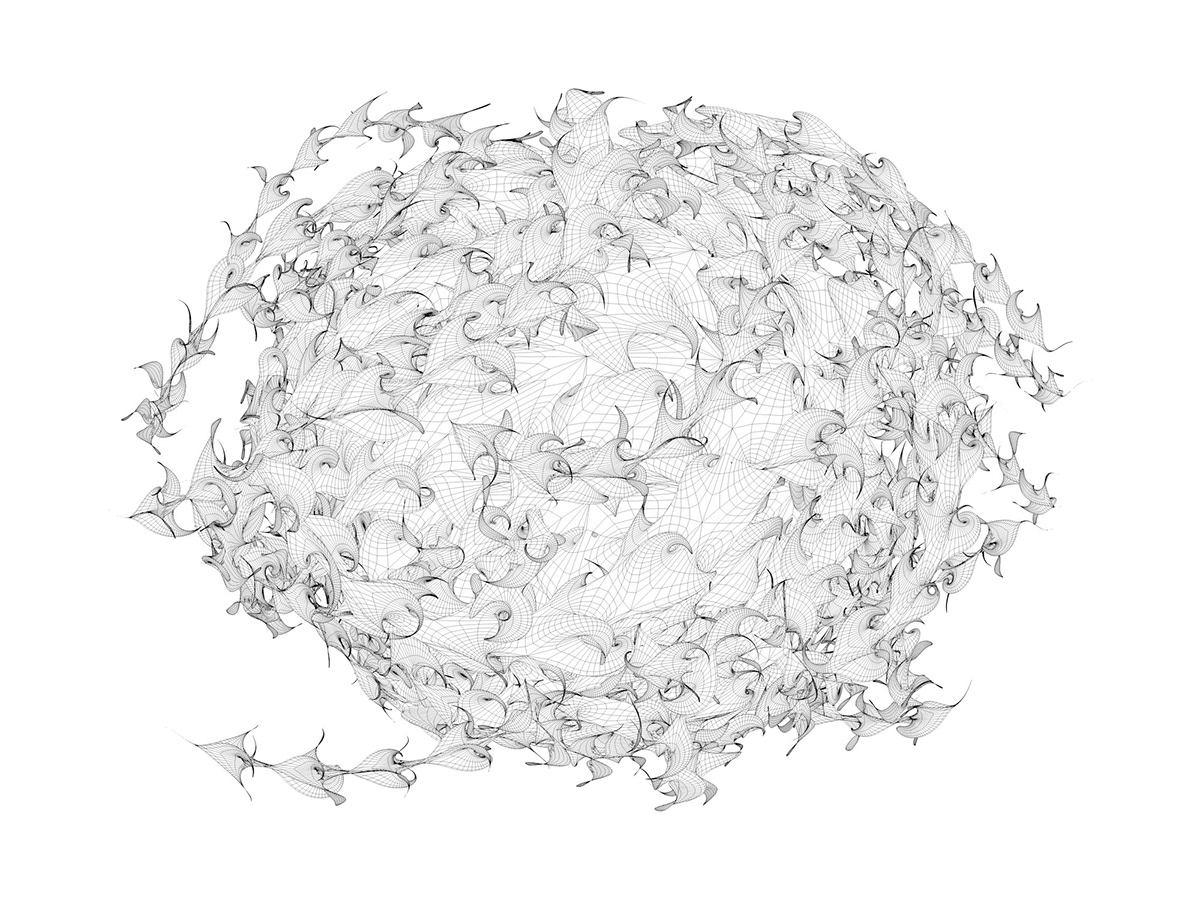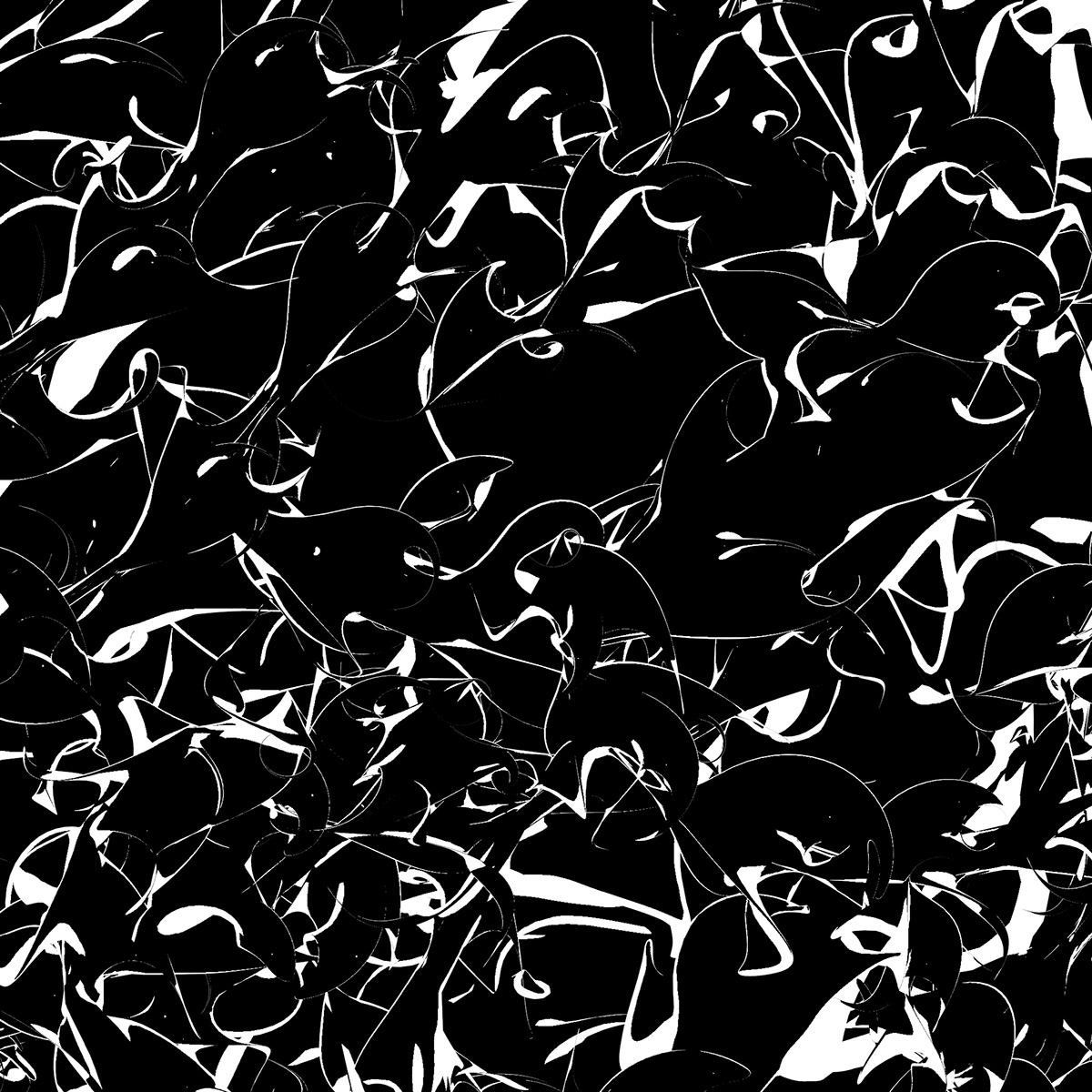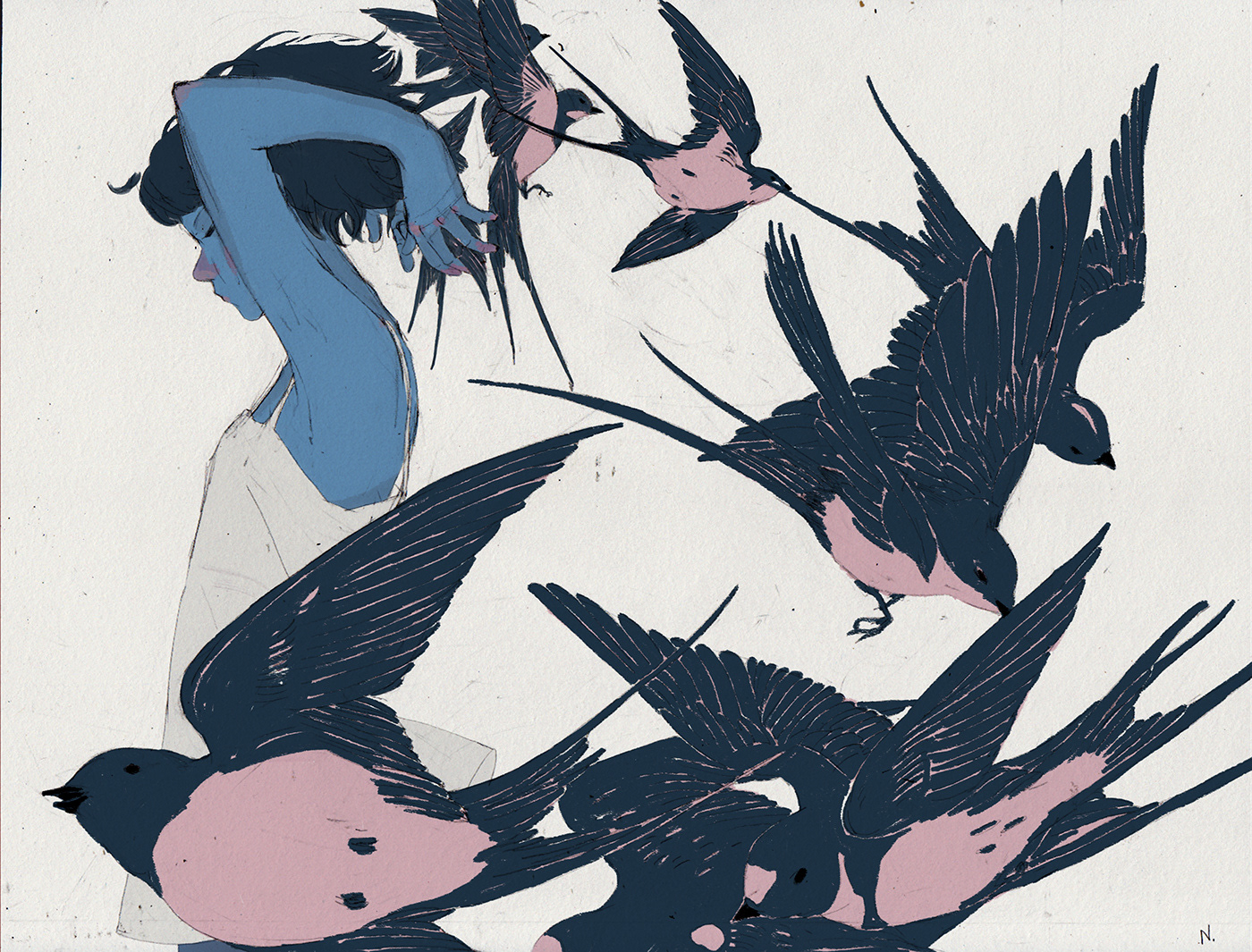Natural architecture
From sea shells and spiral galaxies to the structure of human lungs, the patterns of chaos are all around us. Fractals are patterns formed from chaotic equations and contain self-similar patterns of complexity increasing with magnification. If you divide a fractal pattern into parts you get a nearly identical reduced-size copy of the whole.
The mathematical beauty of fractals is that infinite complexity is formed with relatively simple equations. By iterating or repeating fractal-generating equations many times, random outputs create beautiful patterns that are unique, yet recognizable. We have pulled together some of the most stunning natural examples we could find of fractals on our planet.



I used the method of algorithmic generation to create this model, which is natural and standard. It is gradually decreasing.
Like many microstructures in nature, the large structure is determined by the small structure.
I tried to think about the relationship between the structure of digital generation and the structure of living creatures in nature.

The inspiration of this model is the leaves and veins of plants, as well as the rules to be followed in their growth.




extension
At the same time, I use this model as the basis to extend its representation.
Used to blur the relationship between digital art and tradition
This algorithm works in the most natural way.
Does this picture have a natural form?
What does it have to do with nature?

THANKS FOR WATCHING.




